In the past few years the use and sale of floordrops, or faux floors, has increased as manufacturers recognized a need and met it. Think of them as a backdrop, but for the floor.
A floordrop is similar to a backdrop, but it goes on the floor instead of behind your subject. The point, of course, is to add a different, more pleasing or complimentary floor to your portrait.
Floordrops can instantly change the appearance of your location
We’re not talking about a cut of fluffy carpeting, although you certainly could use that. Floordrops are simulated floors—hardwood, barn wood, brick, cobblestone, checkered tile—you get the idea.
Floordrops can instantly change the appearance of your location to look like you did your shoot in an old barn and in a modern home with polished oak floors. The point is they’re functional, easy to use, and breathe variety into your portraits.
Plus, they can also be used as backgrounds. You don’t have to feel like you’re buying a one-trick-pony, you just need to do some pre-planning when purchasing your drops to visualize use as a potential backdrop as well as flooring option.
All the Rage
There’s no shortage of floordrop manufacturers out there and making faux floors on all kinds of materials, but in this round-up I’ll look at three: Denny Manufacturing’s Rollup Floors, Floors by WHCC, and Photo Prop Floors and Backdrops vinyl floors.
Denny Manufacturing Rollup Floors
Material: Neoprene, rubber backed
Cost: starting at $163 (price depends on size)
Website: www.dennymfg.com
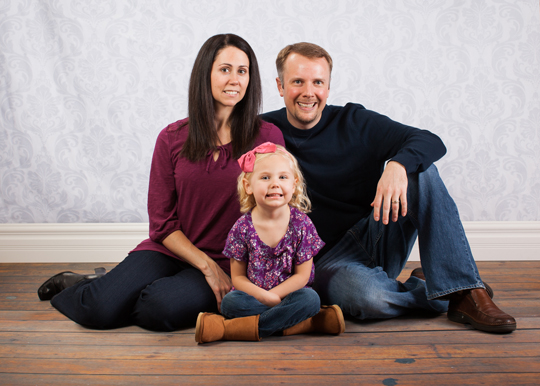
Denny’s floors are like a giant mousepad. That’s the easiest, most accurate way to describe them. They have a neoprene-like material on top of thick rubber backing so they don’t move when your subjects walk on them. The thicker material helps keep the floors flat when they’re unrolled without curling at the edges.
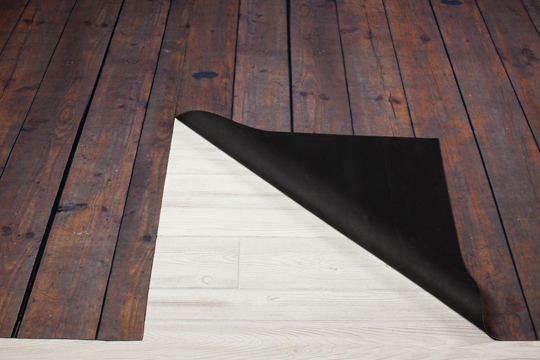
The wood flooring looks a little on the soft-focus side, but that’s intentional to keep it from appearing too sharp in portraits. And although it might appear a bit shiny in person, these floors photograph beautifully.
The floors are said to clean up easily, but I have yet to test that. However, the material feels as though it would clean easily, almost like a polyester.
When using the Denny floors, I use two 4×8 floors pushed together so I have more distance between my subject and background. They match up seamlessly when butted together. Storage is a snap, just roll it up around the cardboard tube and cinch it with the hook and loop strap. The tube and strap come with the Denny floors. This is a bigger deal than you think.
Floors by WHCC
Material: Neoprene, rubber backed
Cost: starting at $250 (price depends on size)
Website: backdrops.whcc.com/collections/floors
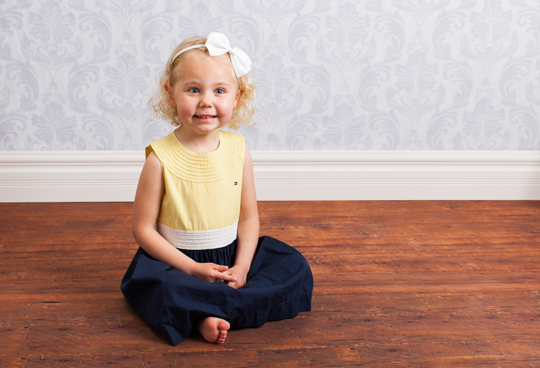
WHCC’s floors are very similar to Denny’s, though not as thick. More like one of the more recent mousepads, not the old-school ones. Does anyone know what mousepads are anymore? Same thing applies here with rubber backing to help keep the floor in one place.
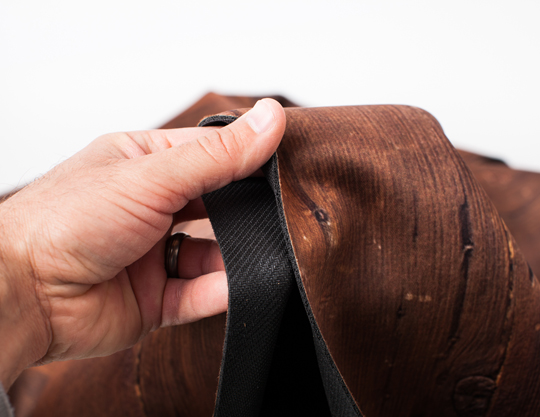
But being a bit thinner is a strength because these floors can also easily be used as backdrops, which would be difficult with Denny’s floors since they’re significantly heavier.
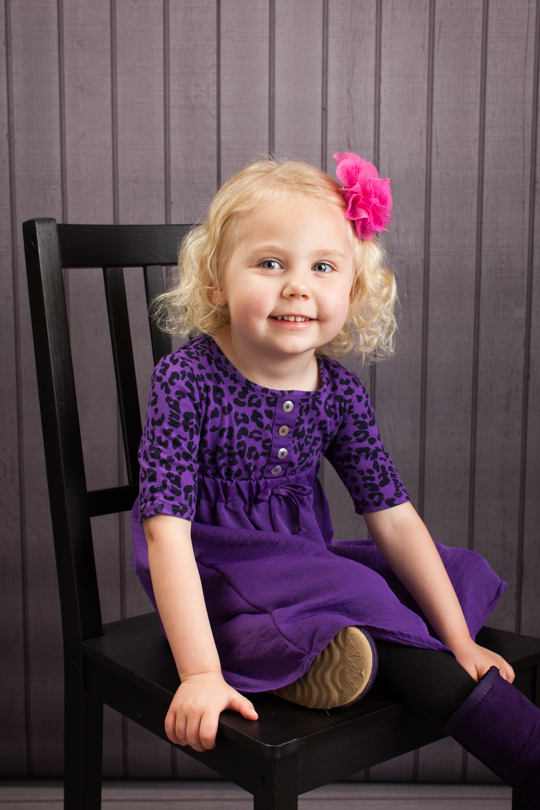
Another advantage to the thinner floor is you can put a chair on it without the feet puckering the floor—a dead giveaway that it’s a fake. With thicker materials you’ll see obvious puckering.
As with the Denny floor, WHCC’s printed wood looks a little soft and shiny in person, but really pops when photographed. I was very happy with the results from WHCC’s floors both as a backdrop and floor option.
The material and quality of the floors are very good and I see no reason why these floors shouldn’t last many, many years. Storing them is simple, just roll them up like the Denny floors, although it’s a little trickier since there’s no tube to roll them around.
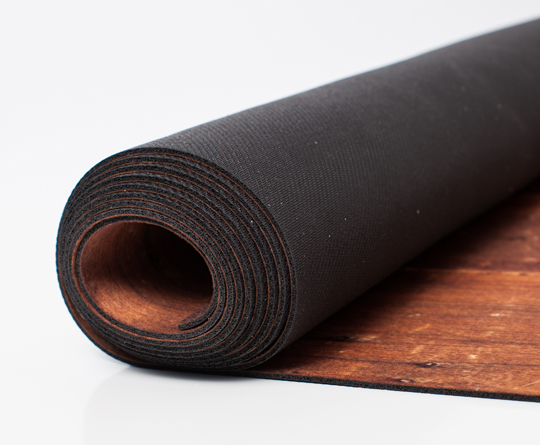
Unfortunately, WHCC does not ship their floors wrapped around a thick cardboard tube like Denny does. That means to store them vertically you’ll need to get your own tube or pipe. Or, I suppose you could roll it around the tube it ships in.
Photo Prop Floors and Backdrops
Material: Vinyl Coated Canvas
Price: $106 avg. (price depends on size)
Website: www.backdropsandfloors.com
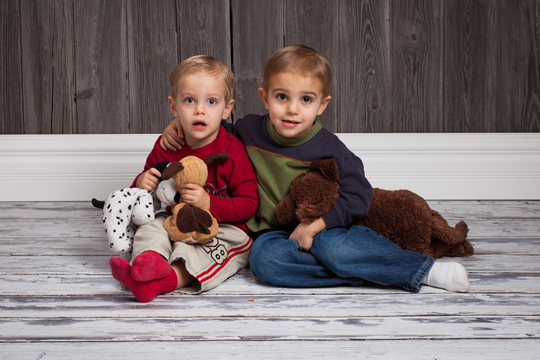
I was skeptical of vinyl floors at first. They sounded too good to be true: easy to clean, easy to store, good preproduction on camera. But after using them, the hype is validated. The vinyl is thin, similar to a banner material you might get from a printshop, but as such, it’s easy to take on location and to store. Just be sure to take some gaffer’s tape with you to tape down the corners—there’s no mousepad-like backing on these.
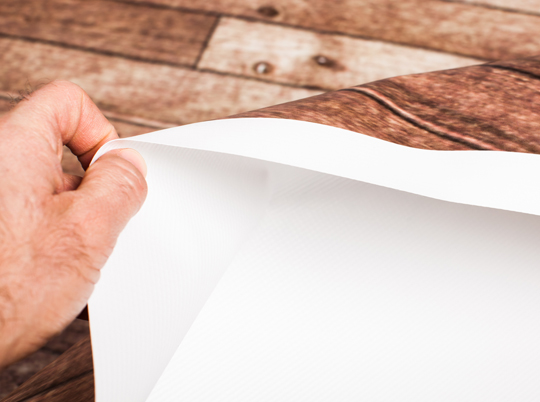
A great advantage of vinyl floordrops is cost. A 5×7′ vinyl floordrop is just over $100. And as long as you don’t crease it and terribly abuse it, it should last a long time. If you plan on storing these rolled up, I’d suggest rolling them around a pipe or tube to help prevent creases and flattening which will occur from it’s own weight.
Because these floordrops are printed on vinyl, they are limited to the width of printable vinyl available on a roll. The ones I have are about 5 feet wide (61″). Theoretically you should be able to put two together to make a deeper floor (as I did with the Denny floors), but they come with borders on them, so if you want to put two together, plan on cutting the border off. Hopefully they’ll line up well without an obvious seam. I wasn’t able to test that.
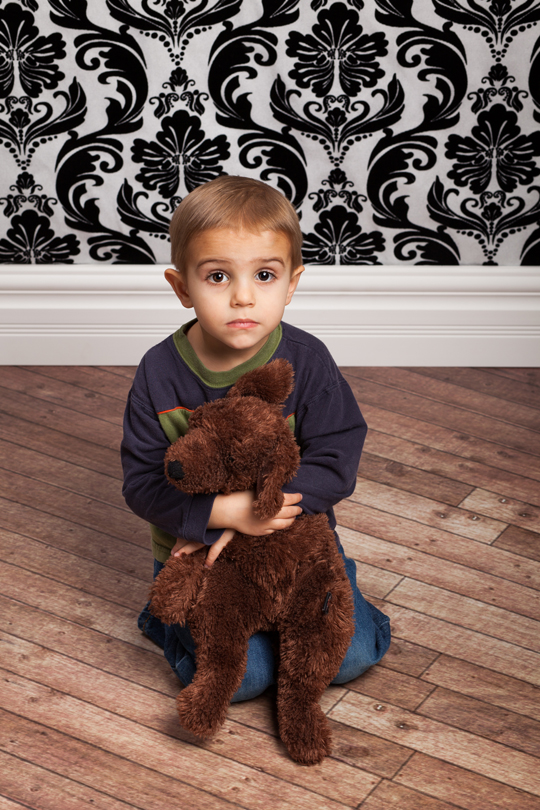
Another drawback is the storage issue. If you roll the vinyl without rolling around a tube, it won’t hold the perfectly round shape. Instead it will fall and begin to flatten leaving you with rolling hills in your floors. The solution, of course, is to either hang them or roll them around a tube as mentioned above.
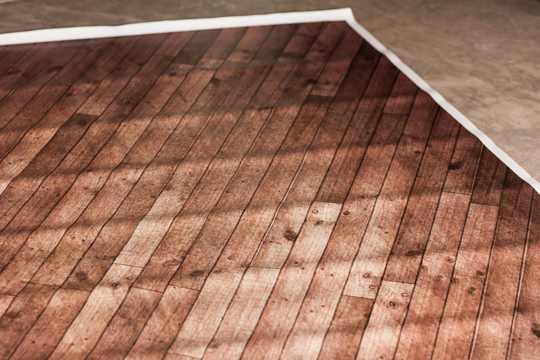
Final Thoughts
All the floordrops I used looked great in photos and appear very realistic. I don’t think there’s a clear “best” floor out of the bunch—they all have their pros and cons. However, storing the Denny floors around the included tubes makes me feel sure they won’t develop creases or start to flatten out. And I can store them vertically in a corner without having to buy my own tube or pipe.
When it comes down to it, the main things to pay attention to are the pattern, size and price. All these floors should stand up to standard studio abuse, so you just need to determine how much you’re willing to spend and which manufacturer has the patterns you want.


